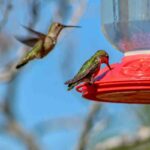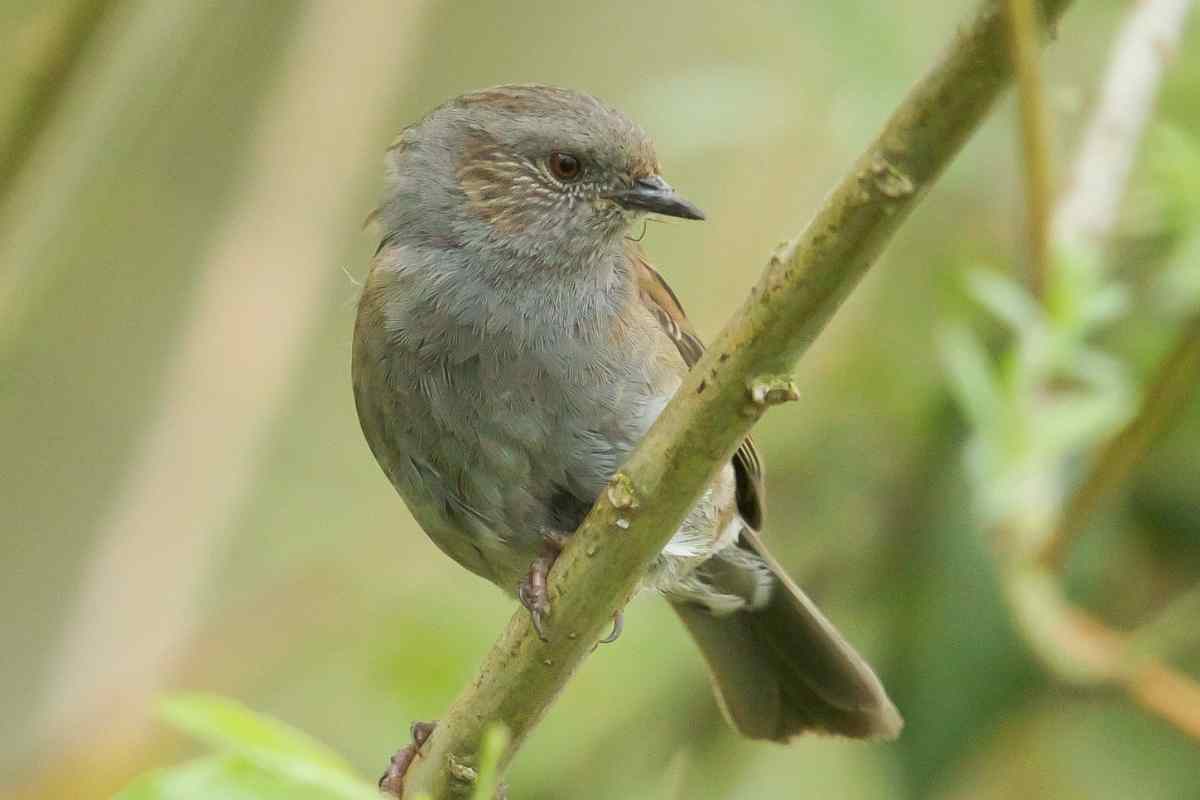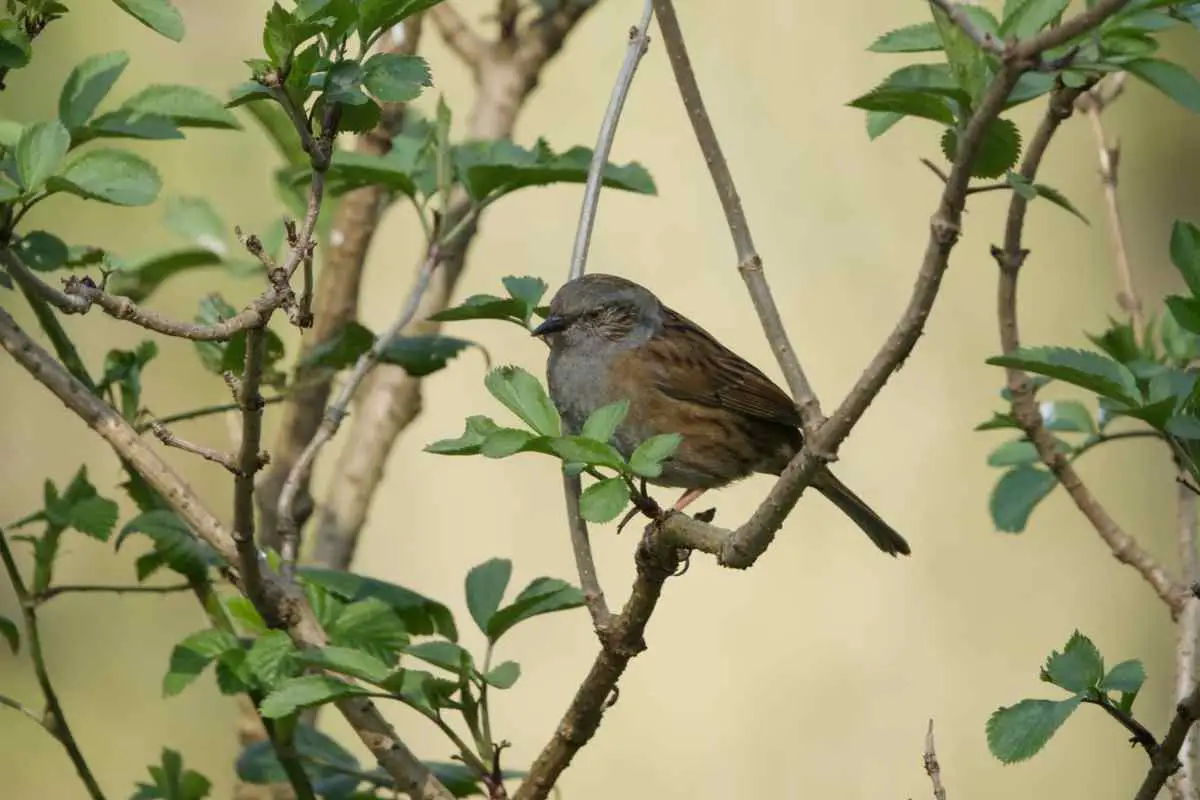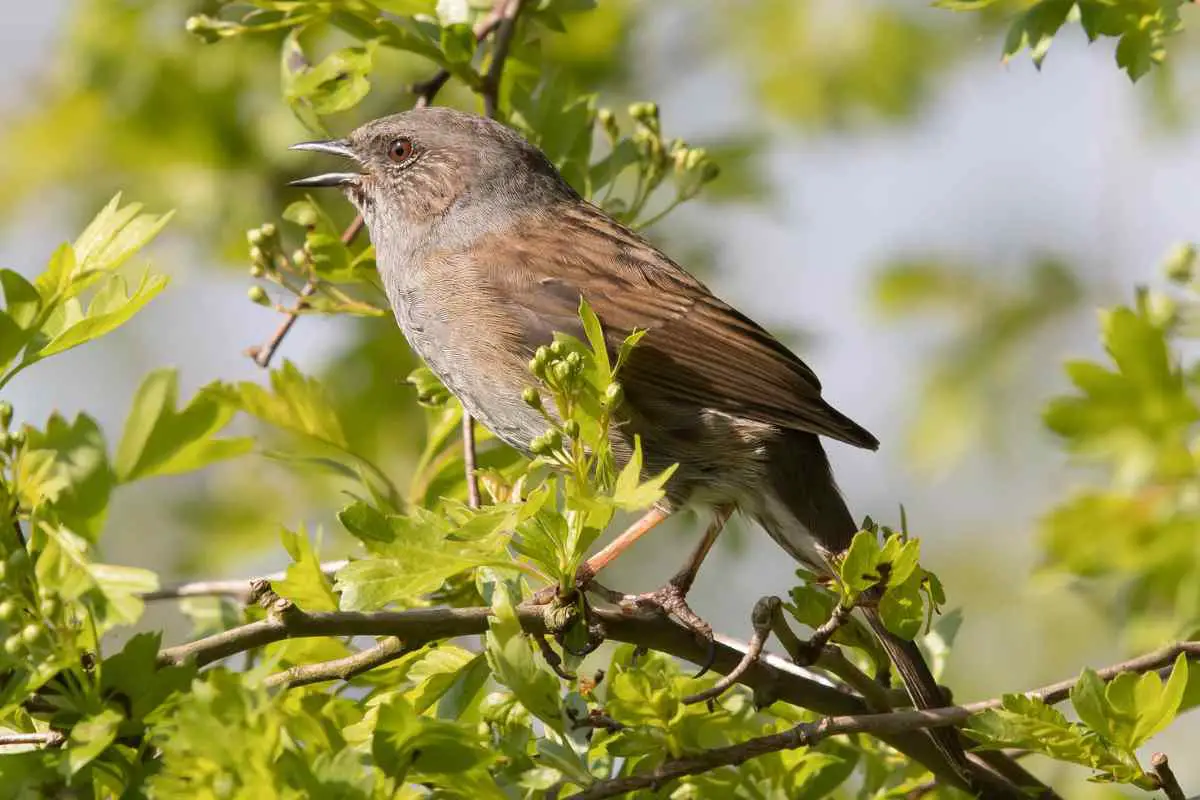You don’t want a solid metal hummingbird feeder. Feeders that have some metal where the birds can perch on are safe. However, you don’t want the nectar to come into contact with the metal. Over time, the metal will rust, which then gets into the nectar.
It’s healthier and safer for the birds when you don’t use metal bird feeders. The metal is toxic to the birds, and the water can cause it to slowly rust.
Instead, you’ll want to consider setting up a glass one.
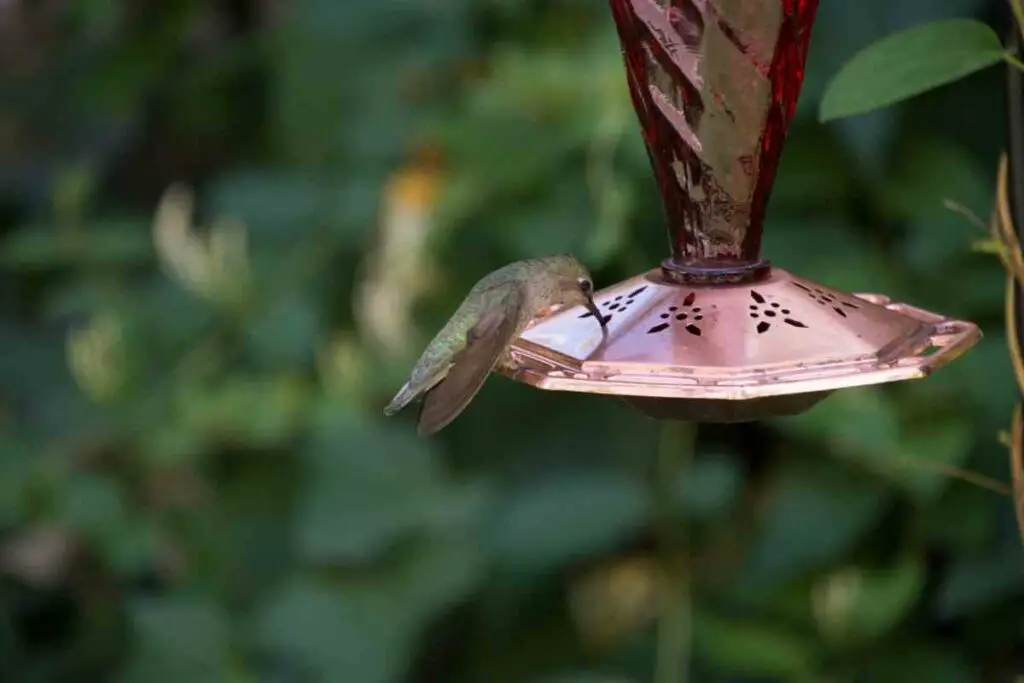
Table of Contents
Why Shouldn’t I Use a Metal Hummingbird Feeder?
You shouldn’t use a metal hummingbird feeder, where the metal directly contacts the nectar supply. First of all, the nectar is mostly water. When it touches the metal constantly, it’s going to rust.
Then, that rust can get into the hummingbird nectar. It’s not healthy for the birds to consume it. Rust is highly toxic to them and can quickly lead to their death.
Additionally, the iron from the feeder can get into the nectar. Since these birds are so tiny, it’s not good for them. The iron can quickly build up in their bodies, causing damage to their livers.
What About Galvanized Metal Bird Feeders?
Some people may mistakenly believe that galvanized metal is alright to use because it doesn’t rust. However, it’s just as bad as the other metal hummingbird feeders.
Galvanized metal has an outer coating of zinc on it that prevents the metal from rusting.
If the zinc touches the sugar water, it will leach into it. When the birds drink it, the zinc content can poison them.
In short, you should never use bird feeders that have metal that touches the nectar. It’s okay for birds to perch on metal, but it’s harmful if they ingest it.
There are plenty of other beautiful bird feeders you can use, so stay away from the metal ones!
Should I Consider the Feeder Material?
These types of bird feeders come in a variety of materials! Glass, plastic, and metal are the most common ones, but you can also find them in ceramic.
If you choose the wrong bird feeder material for your environment, it will break, and you’ll have to get a new one.
Plastic feeders are better for when you need something lightweight. They’re best suited for classrooms or those who can’t lift a heavy bird feeder.
These plastic feeders do warp in long-term sun exposure, so they may do best in an area with plenty of shade.
We recommend glass feeders, they are better for backyard gardens or places with less shade.
It’s a lot easier to clean out these feeders, so you shouldn’t have any issues replacing the nectar a little more often.
Prices pulled from the Amazon Product Advertising API on:
Product prices and availability are accurate as of the date/time indicated and are subject to change. Any price and availability information displayed on [relevant Amazon Site(s), as applicable] at the time of purchase will apply to the purchase of this product.
Common Hummingbirds found in small gardens love red glass feeders, find out which hummingbirds are in your backyard.
What About a Hummingbird Feeder With a Metal Base?
If the “flowers” that the birds drink from are, then it’s not safe. You should swap it out for a different one, even if you don’t see any rusting on the base yet.
It will be very harmful if you don’t catch it in time, so it’s best to get rid of it early.
Some people wonder if hummingbirds avoid the metal feeders because they don’t like the metallic smell.
However, hummingbirds can’t smell as well as we can. They may still drink from these feeders, which can be harmful.
If the metal base doesn’t have a good perch for them, that could be why the birds won’t stick around for long.
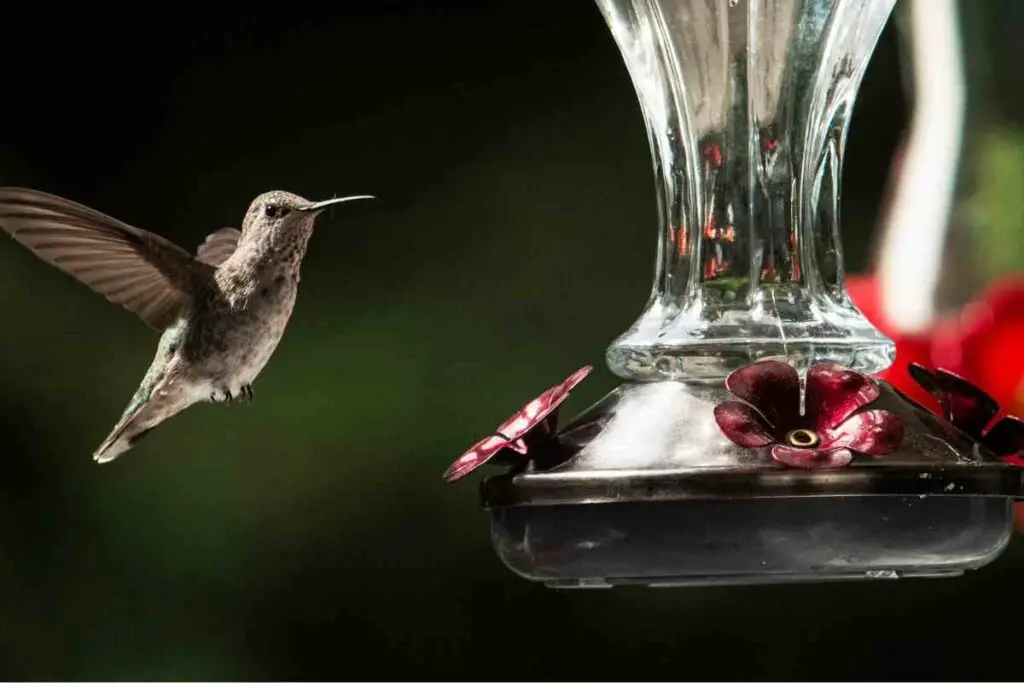
Do Hummingbirds Like Glass or Plastic Feeders More?
Hummingbirds enjoy using both glass and plastic hummingbird feeders so the choice will come down to your preference.
Glass feeders are cheaper, easier to clean, and more durable, making them the preferred option for most people.
Most feeders come with some plastic parts, so you’ll never find one that’s entirely glass. However, you can find plenty of hummingbird feeders where the nectar container consists of glass.
You can consider the benefits of both options to choose one that you like more:
What To Consider With a Glass Hummingbird Feeder
Glass hummingbird feeders are the preferred option for most people. You can even find handblown feeders, which look stunning.
Although, there are plenty of cost-efficient glass feeders that you can find.
These feeders can have issues leaking where the glass container connects to the plastic unless it has a solid design.
You’ll want to carefully choose a feeder that doesn’t leak since it could attract a lot of pests to the yard otherwise.
Glass hummingbird feeders also don’t usually have UV protection in the nectar container. That means you’ll need to change the nectar every other day when you leave it out in the direct sunlight.
Still, glass is easy to clean and less likely to hoard bacteria like plastic is. You can find plenty of large, beautiful hummingbird feeders made from this material too!
What To Consider With a Plastic Hummingbird Feeder
With plastic feeders, you need to be more careful about cleaning them. However, they do often offer UV protection, making your nectar stay fresh for longer out in the sun.
Plastic also isn’t as durable as glass. It’s easier to damage with the sun and rain, so make sure to bring it inside if there’s a storm.
You can’t expect a plastic feeder to last nearly as long as a glass one would.
These feeders are also safe for the birds to use- you won’t have to worry about rusting or leaching zinc into their food!
Although, you’ll need to replace it more often than you need to replace a glass feeder.
Does the Feeder Color Matter?
No matter which feeder material you choose, the color of the hummingbird feeder does matter! Hummingbirds are very sensitive to colors and can be picky about the ones they like the best.
Hummingbirds love the color red. You’ll want to choose a glass or plastic bird feeder that comes with plenty of red. You won’t need to use a red food dye in your nectar.
Can Hummingbird Feeders Be Near Regular Bird Feeders?
You shouldn’t set hummingbird feeders next to your standard bird feeders. Hummingbirds are tiny and get nervous around other birds. They won’t come near a busy feeder, so make sure to give them their own space to eat.
Most people recommend keeping your hummingbird feeders at least 10 feet away from other bird feeders.
- How to Build a Planter Box for Bamboo: A Step-by-Step Guide

- Can Robotic Lawnmowers Handle Steep Slopes?

- Do You Need a Specific Lawn for a Robotic Lawnmower? Expert Advice

- Are Robotic Lawnmowers Safe for Pets and Children? Safety Features of Robotic Lawnmowers

- Why Use Robotic Lawnmowers? Advantages of Using a Robotic Lawnmower

- Is the GARDENA SILENO City 300 Cordless or Corded? A Clear Answer












